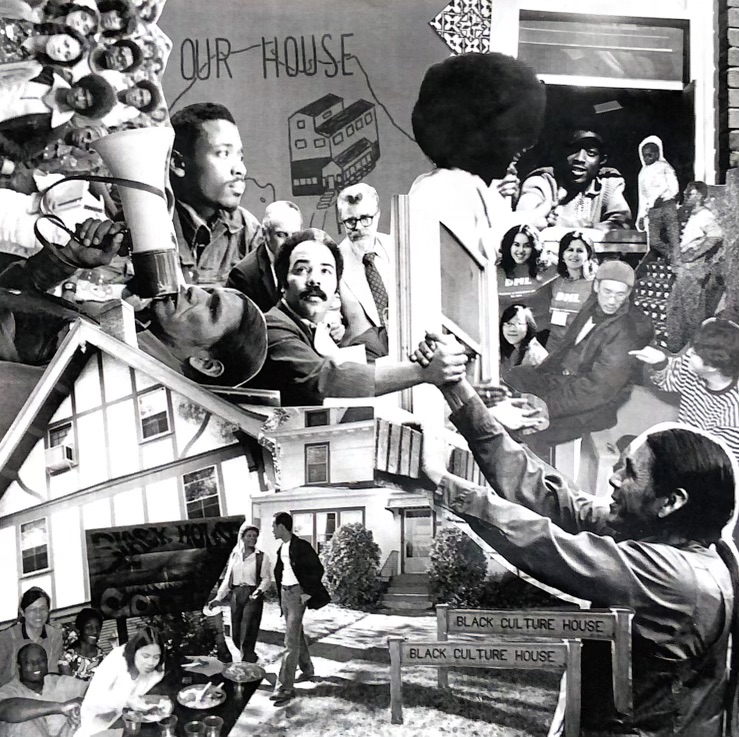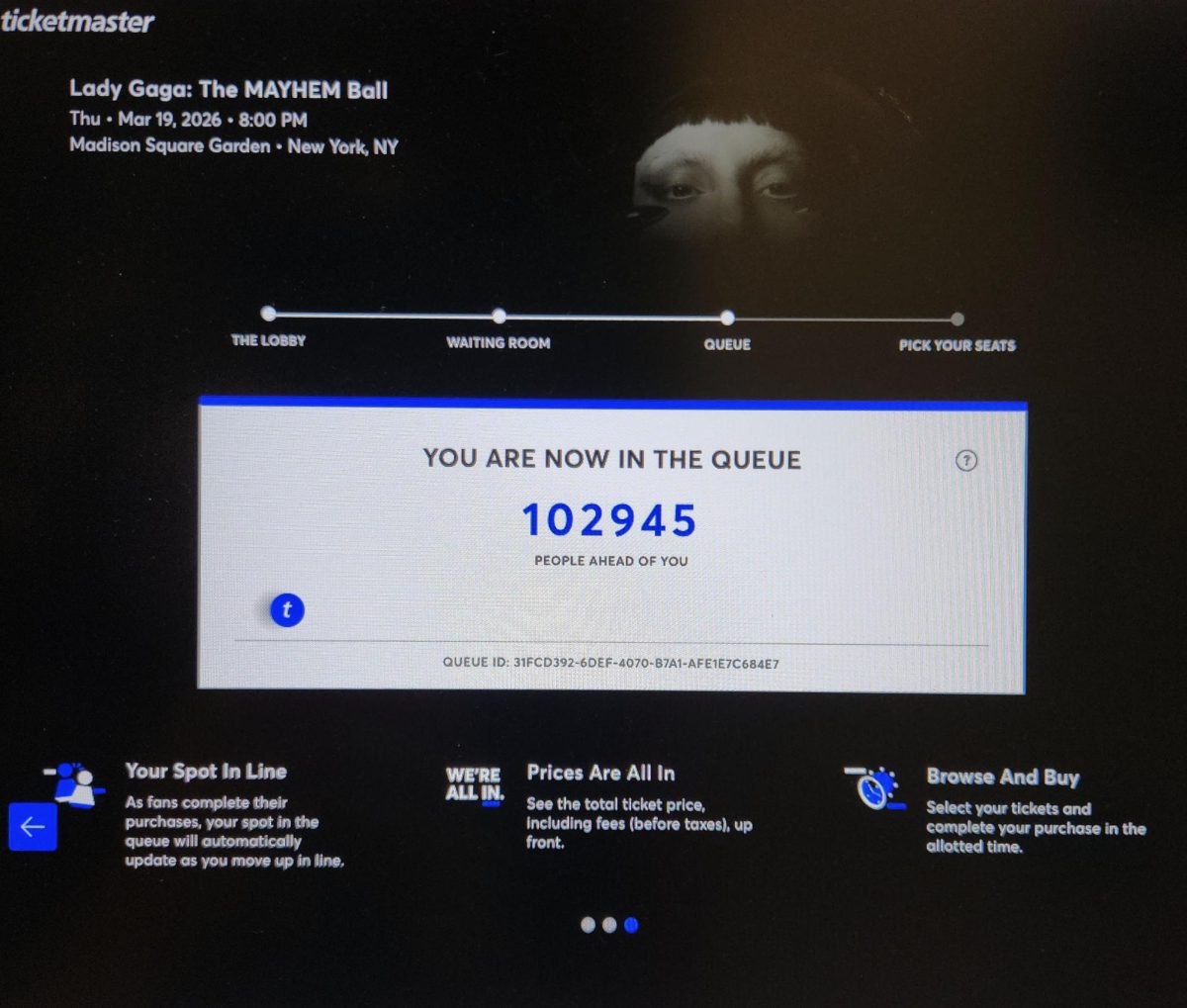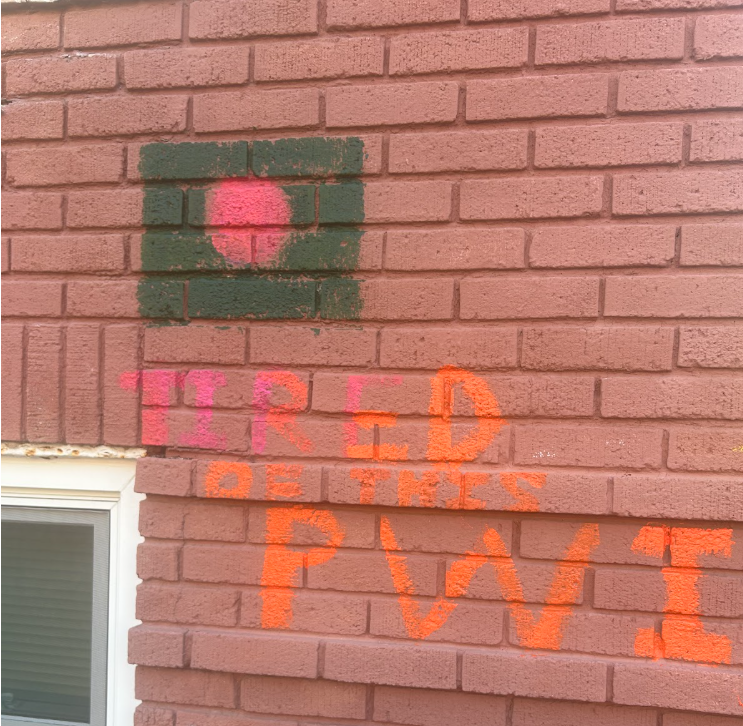The Cultural House, or C-House as it is colloquially known, will not stand at 37 Macalester Street for much longer. This summer, Macalester is going to demolish the building, a decision justified by accessibility concerns and part of the implementation of Macalester’s strategic campus plan over the next decade. The C-House will be relocated to the Summit House next to the Highlander bookstore, a decision released on the afternoon of Wednesday, Oct. 23 via an email to the Macalester community.
The C-House’s story began in 1969 with the implementation of the Expanded Educational Opportunities (EEO) program at Macalester. EEO sought to increase enrollment of students of color, as well as low-income students, through scholarship programs. However, EEO didn’t stop in the classroom; it led to the construction of three residential and community centers during the 70s. These included the Black House, built first, in 1969, along with the Hispanic and Native houses. The Black House was a vibrant hub for social and political activity in the Twin Cities, famously visited by organizers such as Angela Davis. There were significant budget cuts to the EEO program throughout the 70s, which were widely protested on campus, including through an occupation of Weyerhaeuser. As a result, these houses were consolidated into what is the C-House today, which remains a site for community building, cultural exchange and student democracy.
We’ve discovered the many events hosted at the aforementioned houses through the years; the archives document panel discussions, workshops and even protests — for example, the student takeover in 1974. The EEO program served the whole campus in increasing diversity, democracy and dialogue. The EEO of 1969 provided personalized counselors, dedicated spaces and adequate funding; where are these resources now? Why should BIPOC students bear the burden of supporting each other? Cultural organizations are often the ones pushing the college to prioritize these needs. BIPOC/FGLI students are made to feel unreasonable for requesting essential resources, and the lack of timely responses makes us feel unwanted and uncared for.
Students have made their voices and demands loud and clear to administration. In panel discussions, The Mac Weekly articles and at events like last month’s Collective Power, First Generation Low Income Student Union’s (FSU) recently held C-House assembly students have gathered in solidarity to express demands. Student-organizers have highlighted the need for the school being fully transparent with students and taking action on topical issues within a reasonable timeframe. They have researched, spoke with alumni, planned student events and detailed specific, achievable and well-researched demands for the school.
Matté Lopez ’25, a lead organizer of the FSU emphasizes the effort that has been put into these efforts.
“Organizing at Macalester is exhausting,” Lopez said. “I am tired. And as a senior, I will never see my efforts for first-generation, low-income students and the C-house through. The Macalester administration likes to play the waiting game. Wait to set a date for divestment. Wait to make a decision for the C-house. Wait to begin addressing problems affecting FGLI students until the students that make noise graduate. FSU aims to pass down the institutional memory that future students will need to persist in this waiting game.”
Jane He ’27, an art lead on the archives project, a student worker at the Lealtad Suzuki Center (LSC) and former C-House resident added to this sentiment, speaking on her frustration with the lack of institutional transparency around the C-House. Before getting to Macalester, they were drawn to the C-House as the “first place” she’d experienced “designated for BIPOC students.”
He spoke of frustration with the “vague answers” the institution gives for its decision around the C-House.
“Priorities are placed somewhere we don’t understand,” He said. He recently attended the BIPOC C-House luncheon, where administration answered student questions about decision-making more thoroughly than He had expected, which left He wondering why previous answers had been so vague.
Sanaya Cruickshank ’27, a former C-House resident, described the value of the C-House.
“The thing I value most about the C-House is that it is a safe space for BIPOC students to gather on this campus which can feel so suffocating for us,” Cruickshank said.
A student organizer, who is remaining anonymous for safety and who has been deeply connected to the C-House, commented the following:
“I’ve witnessed many of my BIPOC peers transfer, drop out or even be hospitalized. The Cultural House is one of the few spaces where we can confront these hard realities and build supportive networks. Personally, I’ve used the Cultural House to advocate for undocumented students through the Immigrant Identity Collective.
“Living at the Cultural House has become stressful, especially with increased scrutiny from administration regarding my work with the archives.”
They continued, “this environment is burning me out. I was accepted for my organizing efforts in high school, yet advocating for transparency and genuine student input in the administration’s strategic plans is now an issue.”
Residents and others have noticed and heard that there are more Public Safety officers lingering outside and around the C-House. For racial minorities, organized policing bodies like Public Safety have an uncomfortable history.
Student organizers from Black Liberation Affairs Committee (BLAC) wrote this statement as a part of a larger document of demands in September 1974: “We want a serious commitment for now and a commitment for the future to Minority youth over America at Macalester College. Our demands for today are only a beginning and the six year program will definitely not be the end.”
As current student organizers, we find that BLAC’s demands haven’t changed. We demand, as we have been for decades, that Macalester be transparent and committed to its Black, Native and Latiné students.
The archives project highlighting the EEO program and its legacy is entitled ‘Building Power and Joy: The History of Racial Equity at Macalester,’ and its opening ceremony will be held on Nov. 15. This event will be hosted in the campus center and is open to all students, faculty and alumni. This project hopes to bring together generations of Macalester to witness the long history of student organizing here and to honor the physical spaces in which change takes place. Yet with this project, we also want to urge our school to not only recognize student voices, but take action on our demands. Students appreciate open feedback forms and lunch discussions, but we want action now, and decisions that are made transparent to the whole campus, because we are all affected by them.
As alum Richard Cambridge, head of BLAC in 1968 and EEO Admission Assistant Director wrote to us in an email, “the ‘history’ of the EEO program at Macalester is a much broader and deeper topic and has to begin at the beginning.”












